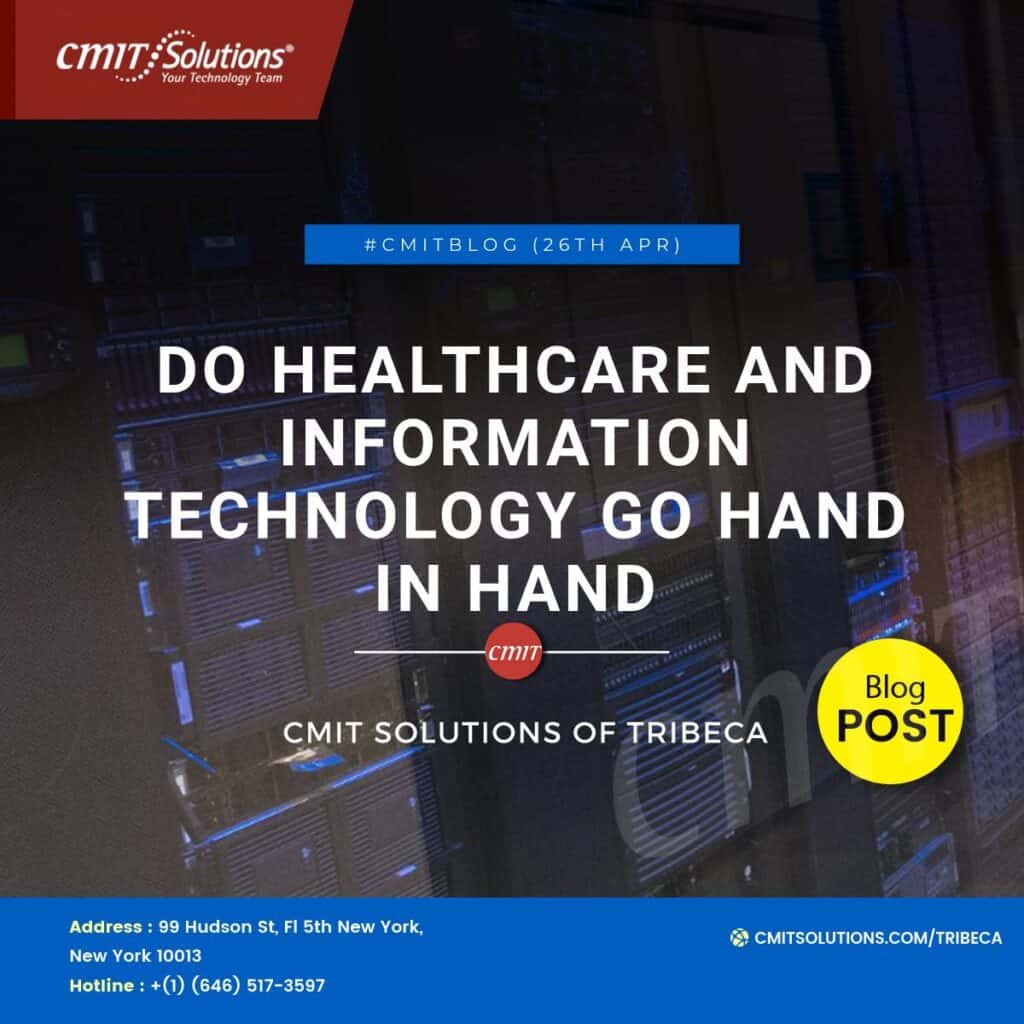In the last decade, mobile devices have transformed our lives in ways we couldn’t have imagined. From booking a cab to ordering food, smartphones, and tablets have become an integral part of our daily routine. But did you know that these tiny gadgets are also revolutionizing the way we approach healthcare? That’s right! Welcome to the world of Mobile Health or M-health – where mobile devices are changing the landscape of healthcare as we know it. In this blog post, let’s take a closer look at how M-health is impacting the industry and what lies ahead in this exciting field.
What is M-health?
Health, or mobile health, is a term used for the practice of medicine and public health supported by mobile devices. Mobile devices include cell phones, PDAs, MP3 players, and other portable devices that can be used to access information and services.
There are many different applications of health, including disease management, telemedicine, patient education, health promotion, and provider training. M-health is still a relatively new field, and more research is needed to determine its effectiveness in improving health outcomes. However, the potential for health to improve access to healthcare, especially in underserved populations, is great.
How M-health is changing healthcare
The way we access and consume healthcare is changing. With the advent of mobile health (M-health), patients are now able to manage their health and wellness using mobile devices. This shift has the potential to change the healthcare landscape as we know it. Here’s a look at how M-health is changing healthcare:
1. Increased Access to Healthcare: One of the biggest barriers to healthcare access is geographic location. With M-health, patients in rural or underserved areas can get the care they need without having to travel long distances.
2. Improved Quality of Care: When patients have direct access to their medical records and can track their health metrics, they are more likely to receive high-quality care.
3. Reduced Costs: One of the most significant ways M-health is changing healthcare is by reducing costs. When patients are better able to manage their health, they are less likely to need expensive interventions or hospitalizations down the road.
4. Empowered Patients: Perhaps one of the most important ways M-health is changing healthcare is by empowering patients. By giving them direct access to their medical information and tools to track their own health, patients are taking a more active role in their care.
The benefits of M-health
M-health has the potential to transform healthcare by increasing access to care, improving the quality of care, and reducing costs. M-health can increase access to care by providing healthcare services to people in remote areas who would otherwise have difficulty accessing care. M-health can also improve the quality of care by providing real-time data to clinicians that can be used to make more informed decisions about patient care. Additionally, M-health can reduce costs by reducing the need for travel and other resources required for traditional healthcare delivery models.
The challenges of M-health
The challenges of health are many and varied. One challenge is that, while mobile devices are becoming increasingly sophisticated, they are still not as powerful as desktop computers or laptops. This means that some tasks that can be easily performed on a desktop or laptop may be more difficult on a mobile device. Another challenge is that mobile devices are often used in environments where there is background noise or other distractions, which can make it difficult to hear audio or view video content. Additionally, mobile devices often have smaller screens than desktop computers or laptops, which can make it challenging to view complex information or data.
How to make the most of M-health
There are some ways that patients can make the most of M-health. First, it is important to be aware of the different types of M-health applications that are available. These include apps for tracking fitness and diet, managing chronic conditions, making appointments, and finding doctors. Patients should select the app or apps that best fit their needs.
Second, patients should take advantage of the ability to track their health data. Many M-health apps allow users to track their weight, blood pressure, steps taken, and more. This data can be used to identify patterns and trends over time. It can also be shared with physicians to help inform treatment decisions.
Third, patients should use M-health apps to stay connected with their healthcare team. Many apps offer features such as messaging and appointment reminders. This can help patients stay on top of their care regimens and improve communication with their doctors. Finally, patients should take advantage of the wealth of educational resources that are available through apps. Many apps offer articles, videos, and tips on staying healthy and managing chronic conditions.
Conclusion
It’s clear that mobile health is here to stay, and it’s positively changing the healthcare landscape. M-health devices are making it easier for patients to access quality care while reducing costs for providers. It also gives healthcare professionals real-time data on their patients’ needs so they can provide better treatments more quickly. With its advantages and potential applications, mobile health is revolutionizing the way we manage our health and saving us all time, energy, and money in the process!





